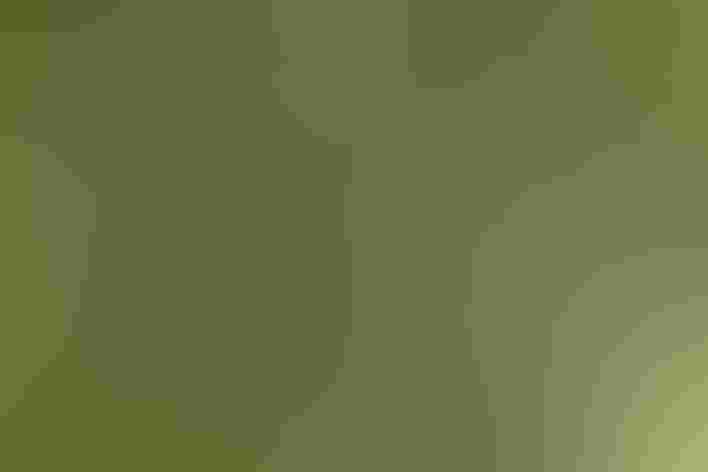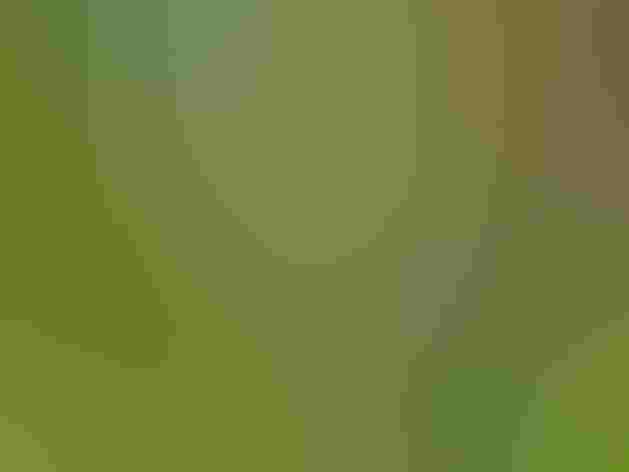Red-eyed Vireo
At a Glance
One of the most numerous summer birds in eastern woods. It is not the most often seen, because it tends to stay out of sight in the leafy treetops, searching methodically among the foliage for insects. However, its song -- a series of short, monotonous phrases, as if it were endlessly asking and answering the same question -- can be heard constantly during the nesting season, even on hot summer afternoons.
All bird guide text and rangemaps adapted from by Kenn Kaufman© 1996, used by permission of Houghton Mifflin Harcourt Publishing Company. All rights reserved.
Category
Perching Birds, Vireos
IUCN Status
Least Concern
Habitat
Forests and Woodlands, Shrublands, Savannas, and Thickets
Region
Alaska and The North, California, Eastern Canada, Florida, Great Lakes, Mid Atlantic, New England, Northwest, Plains, Rocky Mountains, Southeast, Southwest, Texas, Western Canada
Behavior
Direct Flight, Flitter, Rapid Wingbeats
Population
130.000.000
Range & Identification
Migration & Range Maps
Migrates mostly at night. Peak migration periods in most areas are May and September. Those breeding in Northwest apparently move east in fall before turning south.
Description
6" (15 cm). Strong head pattern, with black stripes setting off white eyebrow, gray crown. White below, often with yellow wash on sides. Larger, longer-billed than Warbling Vireo. Red eye (brown on young birds) hard to see.
Size
About the size of a Robin, About the size of a Sparrow
Color
Black, Gray, Green, Red, White, Yellow
Wing Shape
Rounded
Tail Shape
Notched, Square-tipped
Songs and Calls
A series of short, musical, robin-like phrases endlessly repeated; like that of Blue-headed Vireo but faster and not so musical.
Call Pattern
Falling, Flat, Undulating
Call Type
Buzz, Chirp/Chip, Whistle
Habitat
Woodlands, shade trees, groves. Breeds in deciduous and mixed forest, occasionally in conifers. Also well wooded suburbs, orchards, parks. Prefers open woods with undergrowth of saplings, clearings or edges of burns, areas along streams in solid forest, or prairie groves. Winters in lowland tropical forest in South America.
Sign up for ÃÛèÖAPP's newsletter to learn more about birds like the Red-eyed Vireo
Behavior
Eggs
4, sometimes 3-5. White with brown or black spots near large end. Incubation is by female only, 11-14 days. Frequently parasitized by cowbirds; rarely deters cowbirds by burying their eggs under a second floor of nest.
Young
Nestlings are fed by both parents. Young leave the nest 10-12 days after hatching.
Feeding Behavior
Forages in trees by picking insects from foliage and from undersides of leaves and flowers, often while hovering momentarily.
Diet
Mostly insects; also berries. In summer feeds mainly on insects, including caterpillars, moths, beetles, wasps, bees, ants, bugs, flies, walkingsticks, cicadas, treehoppers, scale insects; also some snails and spiders. Also eats many berries, especially in late summer, including those of Virginia creeper, sumac, elderberry, blackberry, dogwood, many other. In winter in the tropics, may feed heavily on berries and small fruit.
Nesting
Male sings persistently throughout the day during the breeding season. In courtship, male displays to female with feathers sleeked down, swaying body and head from side to side; both birds then vibrate wings simultaneously. Nest: Placed usually 5-30' above the ground, sometimes 2-60' up, in deciduous shrub or sapling. Nest (built by female) is a compact, dainty cup, with its rim woven onto a horizontal forked twig. Made of strips of bark, grass stems, weeds, rootlets, spiderwebs, and cocoons.
Conservation
Conservation Status
Undoubtedly declined historically with clearing of eastern forest, but current population seems stable. Could be affected by cutting of forest on wintering grounds in South America.
Climate Threats Facing the Red-eyed Vireo
Choose a temperature scenario below to see which threats will affect this species as warming increases. The same ÃÛèÖAPP change-driven threats that put birds at risk will affect other wildlife and people, too.








